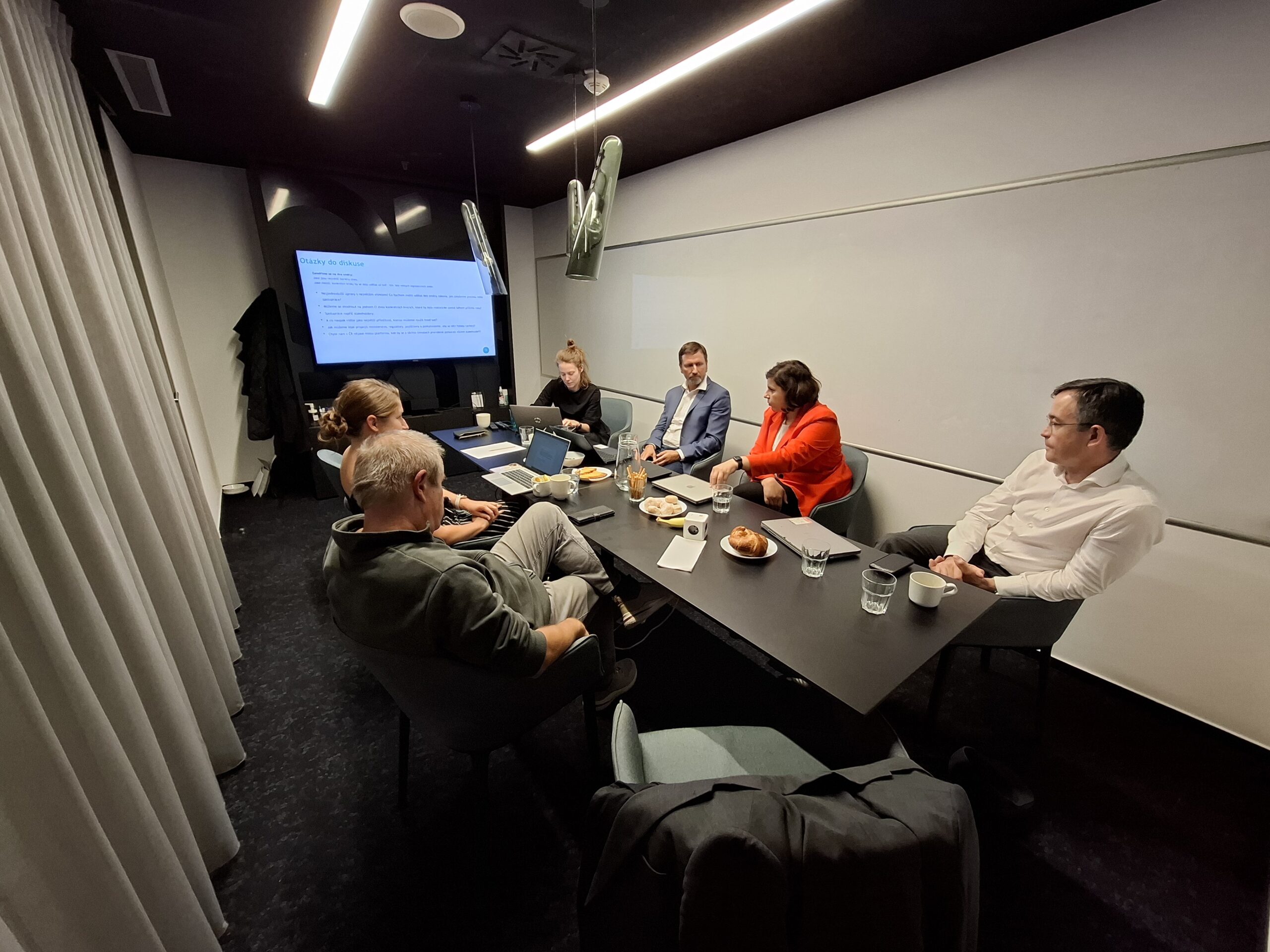The Prague DIGIVITALITY workshop kept it practical: get proven digital medical devices to patients faster, keep MDR tight from the start, integrate only where it adds value, and use real-world data with health insurers to pay for what works. The Ministry of Health and SÚKL stressed safety and compliance; hospitals asked for workable procurement and clear metrics; universities and spin-offs brought concrete use cases.
What was presented
After the opening, the DIGIVITALITY team outlined its focus on (1) supporting market entry for digital innovations and (2) promoting public-financing frameworks that make effective tools accessible. Ádám Lukács (EIT Health) then walked through three fast-track approaches—DiGA (DE), mHealthBelgium (BE) and PECAN (FR)—as references for Czech debates on evidence, reimbursement and adoption.
What we heard in Prague (and why it matters)
-
Evidence before features. Adoption stands on patient-relevant outcomes (clinical benefit, adherence, safety)—not on feature lists. This is what convinces clinicians and insurers.
-
MDR/AI from the start. Teams often underestimate when software becomes a medical device; “learning” models need a validated, frozen release and change control. Getting MDR right early prevents unsafe pilots and dead ends.
-
Integrate only where it helps. Some preventive/interventional apps can run stand-alone if data flows and responsibilities are explicit; clinical tools may need deeper HIS integration. This keeps risk low and value clear.
-
Pay for outcomes, not complexity. Today’s incentives can reward longer, more complex care rather than prevention. Real-world data from Czech settings should inform fairer funding so that effective digital tools are recognised.
-
Make procurement fit software. Short, iteration-friendly contracts and crisp KPIs (adoption, adherence, PROs/PREMs, safety, interoperability) help hospitals buy what actually works and respect rapid release cycles.
Why the issue is complex
There is no one-size-fits-all route. Hospital IT constraints, regulatory duties and financing rules differ by use case. Still, the direction is clear: prove value, stay MDR-compliant, integrate smartly, and measure outcomes.
Near-term, low-regret steps
-
Publish a short CZ “how-to” linking MDR → evidence → funding paths (benefits, pilots with insurers, standard entry) in plain language.
-
Use a simple “stand-alone vs. integrate” rule: stand-alone where safe and documented; integrate only when it adds clinical or operational value.
-
Share a metrics pack for evaluations and tenders (KPI, interoperability, versioning/update policy) so hospitals can confidently assess what truly works.
Workshop takeaway
Prague’s message in one line: prove value, comply with MDR, integrate where it helps, and pay for outcomes. That’s how effective digital medical devices can reach Czech patients sooner, safely and with fair funding.
